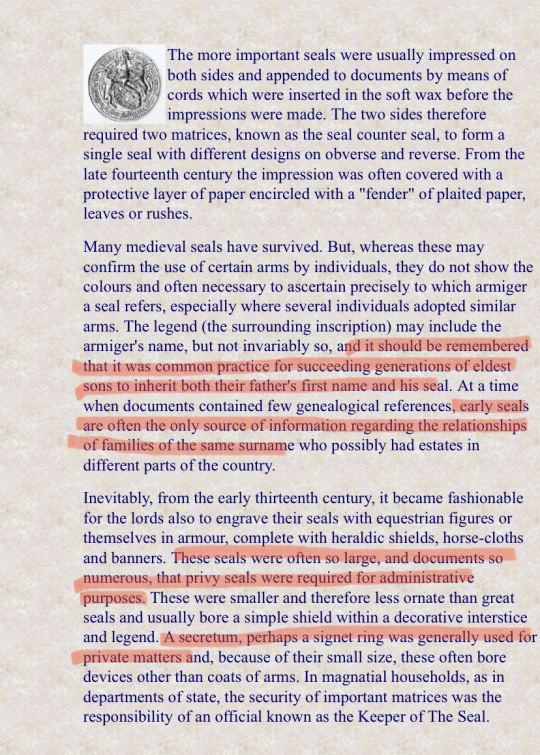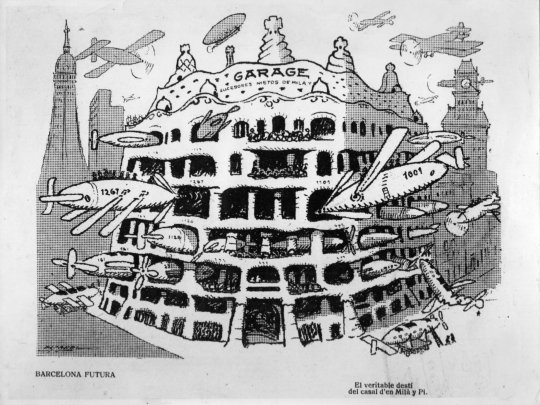#history tag
Text
#today on tumblr#history#culture#world history#history tag#anthropology#eras#taylor swift eras#taylor swift#taylor swift history#the eras tour#swifties
3K notes
·
View notes
Text

#black history#black tumblr#history tumblr#history side of tumblr#history posting#history#military#us military#us air force#black lives matter#history tag#social justice
461 notes
·
View notes
Text

1868
#1868#1860s#history#historical#fashion#fashion history#1800s#victorian#victorian era#victorian fashion#victorian aesthetic#1860s fashion#1860s dress#1800s fashion#1800s photography#1800s dress#1800s aesthetic#history tag#black and white#dress#vintage fashion#historical fashion#19th century fashion#19th century#vintage#antique#antiquebee
450 notes
·
View notes
Text
okay! so. i’ve seen many people online say multiple times that the deleted scene of arthur giving merlin his mother’s sigil—
(you know, this one👇)

is essentially a medieval proposal, and that that’s probably the reason why the scene was cut. i’ve never really thought that much of it, but coming across the comment again earlier today, it made me wonder if it was actually historically accurate at all.
the short answer is no, but the long answer is a little bit more complex.
i spent about an hour or so combing through articles and other online resources, and couldn’t find a single source vouching for sigils/seals being used as a way to propose. i did, however, find these two pieces of information:


which make it clear that sigils/seals and signet rings reflect the same meaning and purpose, and that inheriting one signifies family ties and marks you above common men. signet rings were sometimes used as engagement rings (in fact, the ring arthur gives gwen in the series is a signet ring with his father’s sigil), but engagement rings were more commonly ornate gold bands set with precious stones like sapphires or rubies.
but! regardless of the fact that it isn’t technically a medieval way of proposing, i think you can still regard it as such, given the fact that it is essentially marking merlin as arthur’s family (his mother’s side no less!), and that arthur proposed to gwen in nearly the same fashion with the signet ring. i rest my case ✌️
#ivy.txt#merlin#bbc merlin#merthur#history tag#(i guess??)#tv shows will have you doing wild things first thing in the morning#edit: i’m absolutely by no means an expert on this btw so if anyone with more knowledge wants to add on/correct me feel more than free to!
1K notes
·
View notes
Text
A professional poll for my paper
Im asking just if you recognize him, that he exists, not if you can name which cave or even country the picture originates from!!!

#poll#art#art history#studyblr#university life#cave painting#prehistory#history#anthropology#animal#culture#world history#archaeology#history tag
585 notes
·
View notes
Text

Northrop YB-49, 1948. One of the "Flying Wings".
➤➤ VIDEO: https://youtu.be/Lw7yWRPmekI
#Northrop#flying wing#YB 49#YB-49#aviation pioneer#pioneer#aviation history#youtube#aircraft#airplane#aviation#dronescapes#military#documentary#history tag#innovation#history
189 notes
·
View notes
Text


La Pedrera. Photos from Ajuntament de Barcelona and La Pedrera.
Nowadays, la Pedrera is one of the most famous building in Barcelona, Catalonia. It's one of the most emblematic buildings in the Catalan Modernism style, and has been declared part of the UNESCO World Heritage Site "Works of Antoni Gaudí".
But it hasn't always been recognised as good architecture, all the opposite! In fact, take a look at its name: it's technically called Casa Milà (house of the Milà family), but locals always call it "la Pedrera", which means "the quarry" in the Catalan language. When it was built, in 1910, Barcelonians thought it looked like an ugly piece of stone-y quarry mountain in the middle of the city.
But that's not the only thing that they thought it looked like. Let's see some parodies that were published at the time:

In 1909, the popular magazine Cu-Cut! published this vignette of a mother and a son walking in front of the house, when the child asks his mom "was there also an earthquake here?". This is a reference to an earthquake that happened in Sicily the previous month, and to the house's bendy shapes that look like it was shaken.

In 1925, the children's magazine En Patufet also joined in, with a vignette where the owner realises he can't hang up curtains* on this windows.
*Note: I'm using the translation "curtains" as a simplification so that English speakers without a detailed knowledge of Catalan culture can understand the joke. The vignette actually uses the word "domàs", meaning a decorative textile that is hanged from balconies during holidays.

In 1910, Cu-cut! compared it to a mona, the cake that Catalans eat on Easter Monday, by drawing a vignette where a child says "Daddy, daddy, I want a mona as big as this one!".

Three times did the magazine El Diluvio mock this building.
First, in 1910, they called it a "Medieval architecture model, between burrow and burial, that I don't quite dislike". It described its future in the following way: "the round gaps in the façade have become dark holes where all kinds of vermin come in and out: crocodiles and rats, but also snakes, hedgehogs, owls, sea monsters... Two undulating lines wrap up the building, which stands in front of an absolutely black sky. Above it, in the rooftop, the chimneys, the air vents and the stairs' endings have stopped being whipped cream mountains to become sinister piles of skulls."
In 1911, El Diluvio striked again, comparing the building's cast iron handrails to a fish stand. Their illustration had Casa Milà with a sign saying "cod entrails sold here!".
And lastly, it made fun of the controversial statue of Our Lady of the Rosary that was supposed to go on top. The Milà family in the end decided not to place the statue (some say because they didn't like how the sculptor made it, some say it's because they were scared of having a religious symbol after the 1909 anti-clerical riots) but the architect Gaudí, who was a very religious man, insisted on having it. This caused the Milàs and Gaudí to argue, which the magazine represents with a caricature of Mr. Milà wearing a Tarzan-like loincloth and branding a whip fighting against Gaudí wearing a pith helmet, grabbing him by the hair and hitting him with a hammer. The text under the image translates to "Will the Virgin Mary stand on top of the peculiar monument? Who will win, Gaudí or Milà?".

In 1912, the popular magazine L'Esquella de la Torratxa imagined that this extravagant futuristic building could only be a garage for parking airship and air-planes. This satirical drawing is titled "Future Barcelona. The true destiny of the Milà and Pi house". (Milà and Pi were the owners of this building).
The text that accompanied this illustration wondered if this building is the Wagnerian Valhalla, an anti-aircraft defense for the Moroccan War, or a hangar for zeppelins.
What do you think? Was the banter justified?
#la pedrera#casa milà#barcelona#catalunya#història#arquitectura#arts#history#architecture#antoni gaudí#gaudí#unesco world heritage#world heritage#historical#history tag#art history#art#modernisme#travel
177 notes
·
View notes
Text

#ancient egypt#ancient#giza#egyptian#egyptology#pyramids#egypt tours#egypt#ancient history#history tag#archaeology#anthropology#world history#culture#history#cartography#map#library
192 notes
·
View notes
Text
I apologize for the person I'm going to become with the new Alexander the Great documentary on Netflix
But also as a history major with an interest in queerness in ancient history, I do not apologize
99 notes
·
View notes
Text
Khutulun, Mongolian Princess Warrior

#digital art#anime#anime and manga#anime art#artists on tumblr#anime aesthetic#anime drawing#anime style#art#artwork#history#world history#history tag#mongolia#mongol empire#mongol history#genghis khan#khan#khutulun#digital art#digital illustration#digital drawing#digital painting#drawing#lineart#my art#art style#art tag#illustration#art on tumblr
176 notes
·
View notes
Text

According to The Workwoman’s Guide of 1838, stays or corsets were used in the army (especially among the cavalry), for hunting, and for strenuous exercise, not unlike a weight lifter’s belt today. [source]
was researching navy uniforms & i'm now chief advocate for the new sequence uniform to include corsets. historically accurate, of course😌
(don't look at it being 50 years pre-FL)
#“freddie is this a thinly veiled call for men in corsets” no! it's actually not thinly veiled at all >:)#corsets for every zailor. this is my mayoral campaign promise#the article is written by a coward who thinks men's corsets are weird but *i* will support 1830s guy and his corset#fredspeaks#history tag#ok i need to go shower goodbye
44 notes
·
View notes
Text
Monday, September 18.
History.
Ahh, history. There's been a lot of it. Enough to go around, you might say. There's been a fair few billions of years of this most elusive metaphysical substance, and a few things of note have happened within that time: dinosaurs roamed the Earth, then didn't. Cities emerged. The Greeks ate very well and sh*gged each other senseless, then didn't. The wheel was invented somewhere down the line, as was sliced bread. Dogs were domesticated (as were cats, sort of). Some smart folk put the alphabet together. The printing press was invented. The Industrial Revolution happened and sent us on a violent forward and backward trajectory simultaneously. Will Smith slapped Chris Rock at The Oscars (2022). It's been a busy old time, that's for sure, but the clock keeps-a-tickin', and the wheel keeps-a-turnin'. Come tick along with us as we celebrate all that is strictly past tense: #history.
#today on tumblr#history#culture#world history#history tag#anthropology#archaeology#taylor swift eras#study#studyblr#historyblr#museumblr#art#world politics#world news#world events#education#learning#learnblr
401 notes
·
View notes
Text

#black history#history#history posting#history side of tumblr#history tumblr#history tag#black lives matter#bbc news#british history#black women
362 notes
·
View notes
Text

Très Parisien, 1923
#1923#1920s#history#historical#fashion#fashion history#historical fashion#1900s#1920s fashion#1920s dress#1920s art#20th century fashion#early 20th century#20th century#history tag#fashion plate#antique#vintage#vintage fashion#vintage style#vintage illustration#antiquebee
443 notes
·
View notes
Text

Yasuke - the African Samurai
One of the most fascinating historical figures of all time imo; a former-slave (likely) from Mozambique who was sent to Japan by Portuguese Jesuits and became a retainer under Oda Nobunaga. What a story!
I hope you guys enjoy
#art#illustration#artwork#digital art#samurai#ancient japan#sengoku jidai#warring states era#japan#yasuke#oda nobunaga#history tag#history#culture#soldier#warrior#historical#ancient history#16th century
46 notes
·
View notes
Text

The ruins of Spis Castle, located in eastern Slovakia.
#castle#slovakia#inspiration#mythology#history#hiking#photography#travel#europe#slovak tumblr#slovaška#castles#ruins#buildings#architecture#historic architecture#culture#anthropology#history tag#archaeology#medieval aesthetic#medieval art#medieval#medievaltimes#travelphotography#wanderlust#travel photography#tourism#autumn#fall vibes
104 notes
·
View notes